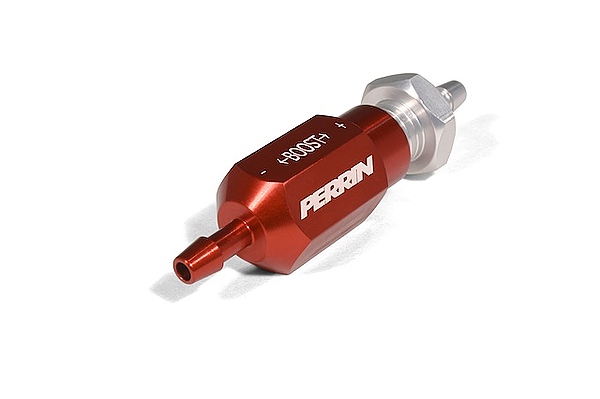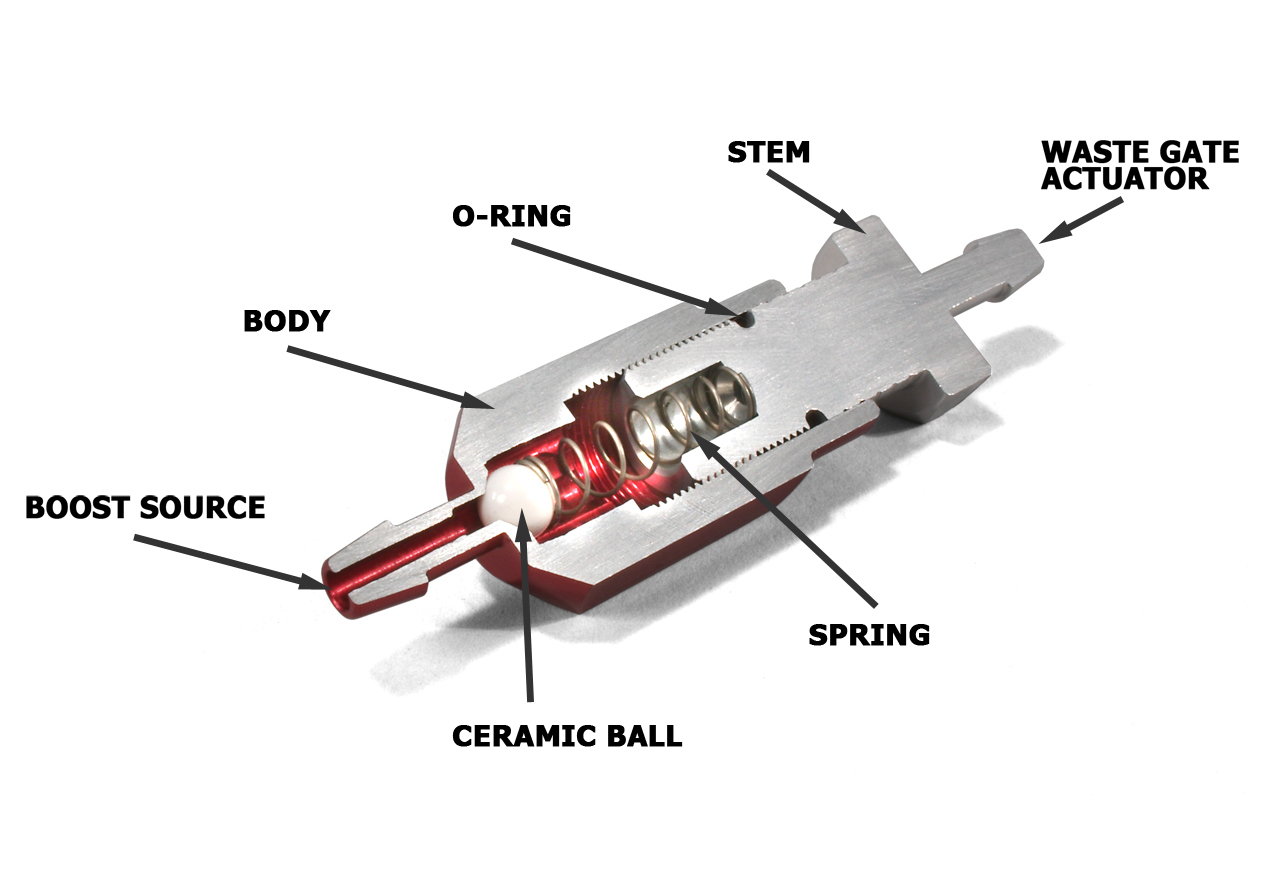| What's Hot! | Products/ Tools | EFI Tuning | Basic Tuning | Advanced Tuning | Chassis Tuning | Advertise with us |
Boost Controller Types
Contributed by: Enginebasics
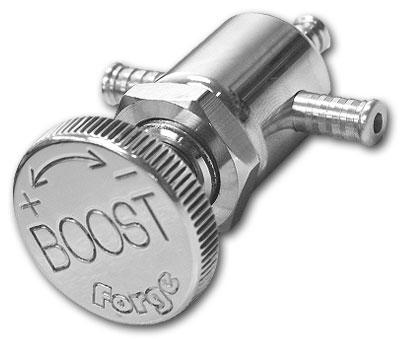
A boost controller is a device used to control the amount of boost pressure that a turbocharger will provide. Most of the time a Wastegate spring is chosen to provide the correct amount of boost pressure desired, and no other controller device is needed. To run more pressure most use a device called a Boost Controller, to control the amount of air that the Wastegate diaphragm “sees”. This in turn causes the Wastegate to delay it’s opening and therefore causes the turbo to spin faster and increase boost.
There are three main types of boost controllers that are in use today. Each of them have there pro’s and con’s and will be discussed below:
1. Bleed type Boost Controller
Like all boost controllers, a bleed type controller is installed on the Wastegate vacuum line. It can be installed anywhere on that line, but usually it is best to install the controller as close to the Wastegate as possible and to try and keep that vacuum line as short as possible. The way this controller works is by bleeding off pressure out of the line. The amount of air bled off is what controls the boost. Understanding a bleed type controller is best understood with example. Lets say we have a 10 PSI Wastegate set-up. Under normal conditions the vehicle runs 10 PSI. If we install a bleed type boost controller on the vacuum line heading to the Wastegate that bleeds off 2 PSI of air, then the Turbocharger will now makes 12 PSI. This is because the Wastegate will not open till 10 PSI is reached, and the boost controller is bleeding off 2 psi, so it will take 12 PSI of pressure from the turbo to make 10 PSI to open the Wastegate.
* Pro’s
1. Very solid boost control. No wandering of boost pressure.
2. Controller least susceptible to boost spiking.
* Con’s
1. While it MAY not hinder boost response, it doesn’t help spool response like the other controllers can.
2. Ball and Spring Type Boost Controller
- A ball and spring type boost controller is exactly what is says it is. It is a ball with a spring behind the ball. The ball blocks the flow of air until the air pressure over comes the spring. It is installed in-line on the vacuum line leading to the Wastegate. Most manual Ball and Spring type controllers are adjusted by tightening down the spring making it harder to open and therefore requiring a higher pressure out of the turbo to open the wastegate.
* Pro’s
1. Can easily and quickly adjust boost pressures.
2. Can keep the Wastegate fully closed longer during spool up, which allows the turbo to spool faster and be more responsive.
*Con’s
1. Is susceptible to over-spiking based on the design of the boost controller.
3. Electronic Solenoid type controller
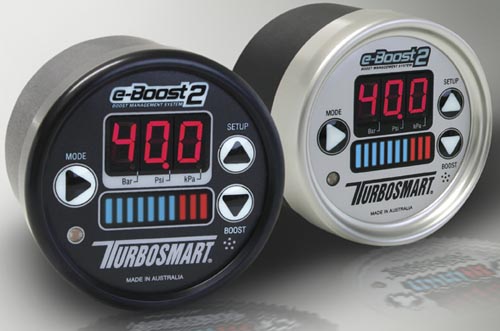
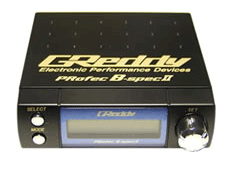
- Each company has many different ways that they control the solenoid so we will just generalize how the solenoid works without getting into particulars. An electronic solenoid is installed on the Wastegate vacuum line and functions like a Ball and Spring type controller by hiding the boost pressure from the Wastegate until a certain boost level is reached. The solenoid, being electronically controlled, is held shut until it is fed voltage by its controller and opens. The effectiveness of the solenoid is based on how well it is controlled by its computer and the software behind it.
*Pro’s
1. Can be controlled from inside the vehicle.
2. Can be adjusted on the fly.
3. Can increase the boost response and spool of the turbo.
4. Can very the controller infinitely to help suppress boost spiking.
*Con’s
1. Set-up and programming can be daunting for beginers.
As you can see there is more than just one way to control the amount of boost a turbocharger will put out by manipulating the wastegate. Choose whichever one works best for your set-up and your wallet. Remember.....the most important thing is setting the controller up properly.
When it comes to the cost difference, you will quickly see the MBC is the much cheaper option....but when it comes to full control of all boost functions and reliability the electronic boost controller cannot be beat.
***Remember*** to check for other relevant information in the columns and article tables.
ATTENTION READER:
If you enjoyed the information and article you just read be sure to check out our newly released book with even more exciting photo's and information:How to Turbocharge and Tune your Engine

Want to know more about your particular Make and Model vehicle? All of these vehicles are covered in the tech, maintenance and repair articles found above. Enginebasics is the wiki or wikipedia of car part, repair, how to and tuning information. Let us be the class 101 for your automotive learning.
| Ford | General Motors GM | Pontiac | Jaguar | Land Rover | Nissan |
| Toyota | Honda | Lexus | Acura | Lotus | Scion |
| Infinity | BMW | Mercedes | Mitsubishi | Ferrari | Maserati |
| Lamborghini | Volks Wagen VW | Saab | Audi | Hyundai | Kia |
| Subaru | Mazda | Chevy | Volvo | Caddilac | Dodge |
| Chrylser | Daewoo | Porsche | Mercury | Freightliner | MG |
Individual Models
| Ford Mustang | Mitsubishi Eclipse | Mitsubishi Evo | Subaru WRX / STI | Dodge Viper | Chevrolet Corvette |
| Nissan Skyline | Honda S2000 | Nissan 350z | Toyota Supra | Chevy Camaro | Lotus Elise Exige |
| Honda Civic | VW Golf | Dodge SRT-4 | Eagle Talon | Acura Integra | BMW M3 |
| Nissan 240sx | Porsche 911 | Acura NSX | Honda Accord | Toyota Camry | Toyota MR2 |
| VW R32 | Dodge Truck | Mazda Rx7 | VW Jetta | Sand Buggy | Nissan Sentra |
For the latest Automotive news and stories visit the websites below |
Our feature Build: An AWD V6 Civic



